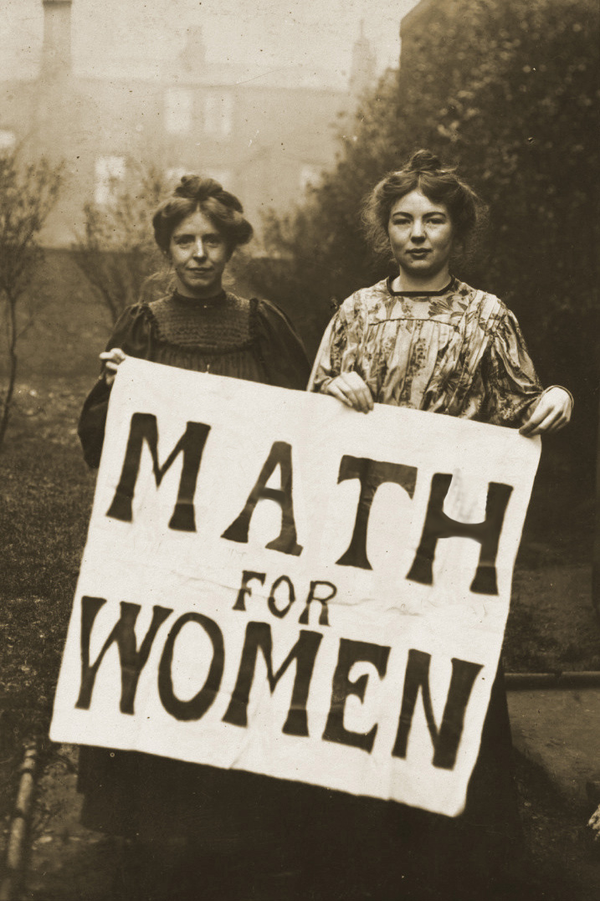This article was published in Scientific American’s former blog network and reflects the views of the author, not necessarily those of Scientific American
The Mathematics Genealogy Project (MGP) is a website that collects information about the advisors and students of PhD mathematicians. It can be fun to waste a little time clicking around the site, finding famous ancestors (I’m one of Leonhard Euler’s 113,581 known mathematical descendants) or figuring out who else is in your or your favorite mathematician’s lineage.
There are quite a few women in my mathematical family tree, but none of them are my direct ancestors. That got me wondering about the longest chain of women advisors and advisees. The MGP does not include gender data, but I know the names of some prominent women in math from the 19th and early 20th centuries, so I started exploring.
Sofya Kovalevskaya is considered by most people to be the first woman to earn a doctorate in mathematics (she did so in 1874 from the University of Göttingen), but her only student, Emil Stenberg, was a man. Charlotte Angas Scott, who earned a doctorate in 1885 from Cambridge University, was as far as I can tell the first woman to graduate a woman student. (She was the first woman to have a doctorate in mathematics in America, although she was not the first American woman to have a doctorate in mathematics. She achieved the former by crossing the Atlantic.) Between 1896 and 1925 she graduated eight women math PhD students from Bryn Mawr, but none of them advised doctoral students.
On supporting science journalism
If you're enjoying this article, consider supporting our award-winning journalism by subscribing. By purchasing a subscription you are helping to ensure the future of impactful stories about the discoveries and ideas shaping our world today.
Winifred Merrill was the first American woman to receive a PhD in math, which she did from Columbia in 1886, but again she did not have students. Anna Pell Wheeler, who earned a PhD in 1910, advised six women PhD students at Bryn Mawr. One of them, Dorothy Maharam, had four students of her own, all of whom I believe to be men. Emmy Noether had two women PhD students, Margarethe Hermann and Ruth Stauffer, but neither advised doctoral students.
After striking out on these early mathematical foremothers, I decided to check the Olgas. (In my experience, Olga seems to be an especially mathematical name.) Olga Taussky-Todd’s student Hanna Neumann advised ten students, as far as I can tell all men. There were several women among Olga Oleĭnik’s 48 students listed in the MGP (the MGP is more accurate for American than Russian mathematicians, so 48 may be an undercount), but none of them advised students.
With Olga Ladyzhenskaya, I may have hit the jackpot. Her student Nina Uraltseva has advised 13 students. Two of Uraltseva's women students, Arina Arkhipova and Nina Ivochkina, have advised women students of their own. In total, there are five advisor-advisee chains of length four containing only women. Several of these women could still be advising students, so these chains may continue to grow.
I don’t know a good way to search MGP or any other resources for long chains of women mathematicians, so I may have missed some. (Know of a longer chain of women with women advisors? Please tell me about it!) In the end, it’s more of a curiosity than anything else. Focusing only on direct doctoral advisors is a coarse measure; students learn from and are mentored by many others aside from their official advisors on their way to their degrees. And gender is not binary, though our histories usually assume people are either men or women, based on assignments made at birth. I hope that if anyone dusts off this blog post in a few hundred years they will find my fixation on gender confusing, but today I like knowing that among the thousands of chains of men advised by men, there are a few women who form chains of women advisors and advisees.
